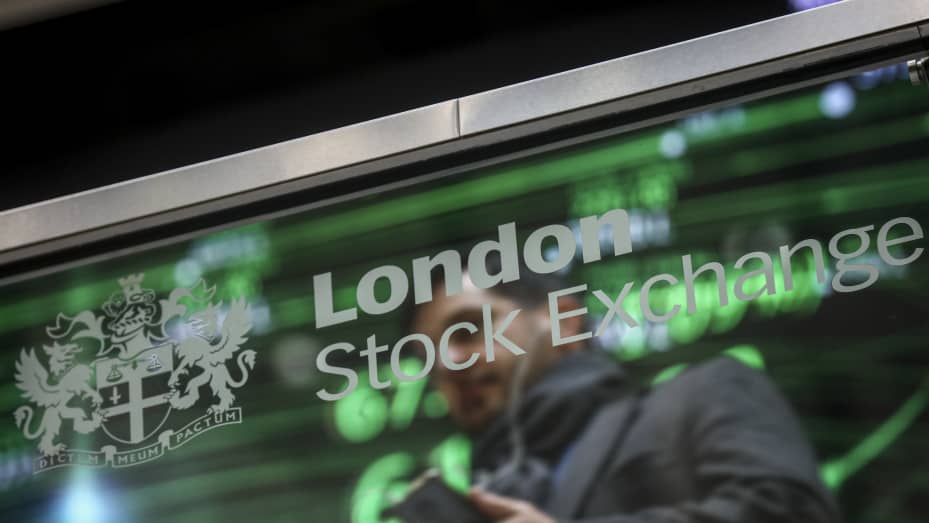FXOpen

At the end of last year, there were a number of interesting speculations regarding the trajectory that the stock of London's most prestigious 100 companies would take in the new year.
The FTSE 100 index had been increasing in value very steadily during the final two weeks of 2023, creating the potential notion that it may venture toward the 8,000 mark once again, revisiting the milestone which it passed in February last year for the first time in history.
One full week of trading has now passed since 2024 began, and the upward direction that was prevailing at the end of December has not continued.
Instead, a steady decrease in value has materialised, with the FTSE 100 index having reduced in value over the five-day moving average from 7,764 on January 2 to 7,680 on the opening bell this morning at the London Stock Exchange at FXOpen. The FTSE 100 had dipped as low as 7,654 on Friday afternoon last week.
Hopes were high for a bumper start to 2024 for the London Stock Exchange's FTSE 100 index, with many analysts having made their predictions at the end of 2023 that it would have a better year in 2024 than it did in 2023.
Citing the proposed cut in interest rates by the Bank of England, which may take place in the spring this year but has not yet got a set date, along with potential growth in revenues from key components, largely in the scientific, engineering and pharmaceutical sectors such as Unilever, AstraZeneca, BAE Systems and Diageo, there were late-2023 predictions for a stellar 2024 at a time during which the FTSE 100 was rising steadily and consistently.
The downward direction has added an interesting conundrum to this, as it may have been less than expected.
Given this, the FTSE 100 index can now potentially go either way. It may be a short-lived downturn, but it is an interesting downturn given that many Western economists and policymakers are talking about possible rate cuts in 2024, which would mean that large corporations such as those listed on the London Stock Exchange and included in the FTSE 100 index would have to commit less capital to servicing monthly commitments and would have more available capital per month for reinvestment in growth, or if not reinvesting in growth, would potentially be able to show greater profit due to less overall operating expenses due to lower payments on commercial finance.
Also, with rates dropping, more potential customers for large corporations may arise due to the disposable income across the United Kingdom's retail and commercial sectors, leading to possibly greater performance all around. Thus, it could be anticipated that the FTSE 100 index would likely increase due to this possibility. That it decreased in the first week is, therefore, an anomaly.
However, on the other hand, the predictions that it would potentially go past the 8,000 mark once again, which many analysts considered a possibility, should not be overlooked or written off.
A rise to 8,000 would only require a rise of approximately 6% over its current value, and without focusing too much on the 8,000 barrier having been broken last February and the euphoria that surrounded it, the remainder of 2023 was relatively bland, without much of a significant performance for the FTSE 100 index.
Therefore, it is entirely possible that a rise above 8,000 points could take place this year, especially if strong corporate performance among large blue-chip firms is bolstered by a good economic environment and lower interest rates. There is only one way to find out, and that is to continue to track the index during this pivotal era.
Trade global index CFDs with zero commission and tight spreads. Open your FXOpen account now or learn more about trading index CFDs with FXOpen.
This article represents the opinion of the Companies operating under the FXOpen brand only. It is not to be construed as an offer, solicitation, or recommendation with respect to products and services provided by the Companies operating under the FXOpen brand, nor is it to be considered financial advice.
Stay ahead of the market!
Subscribe now to our mailing list and receive the latest market news and insights delivered directly to your inbox.









